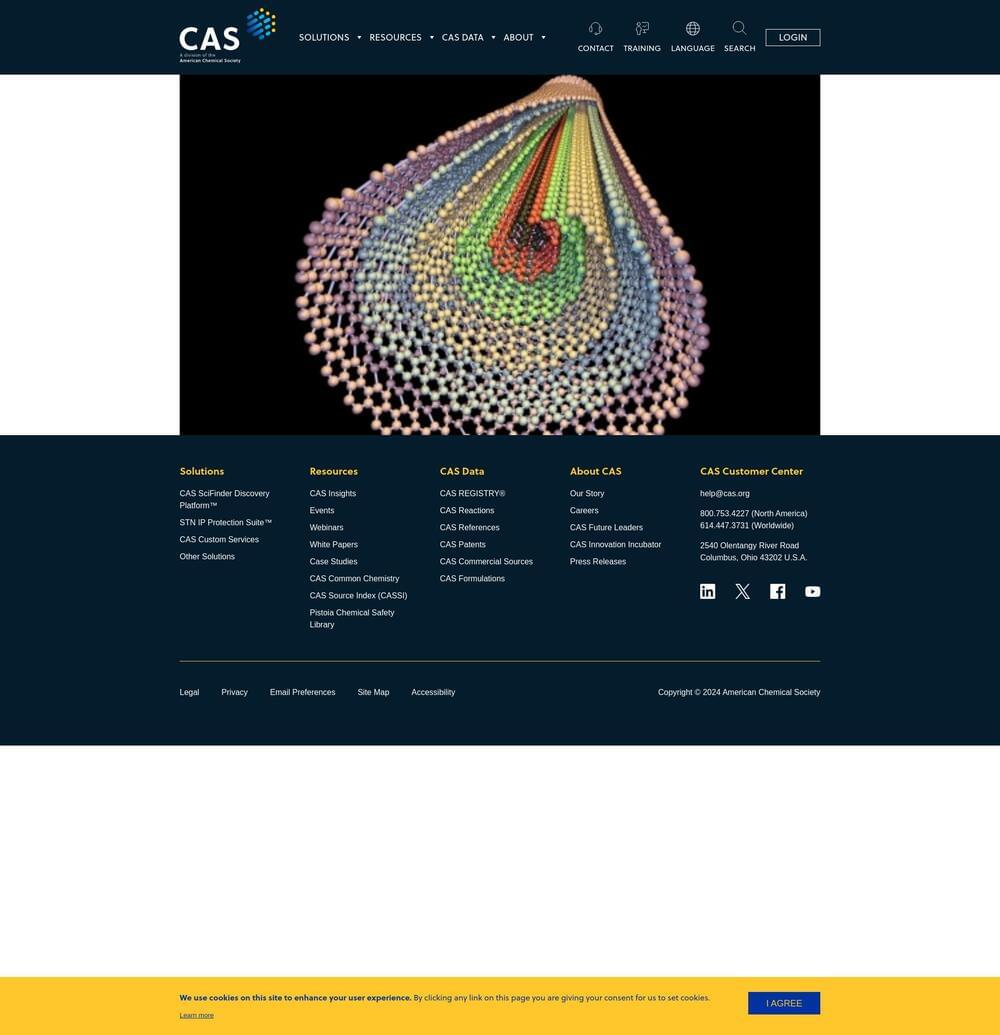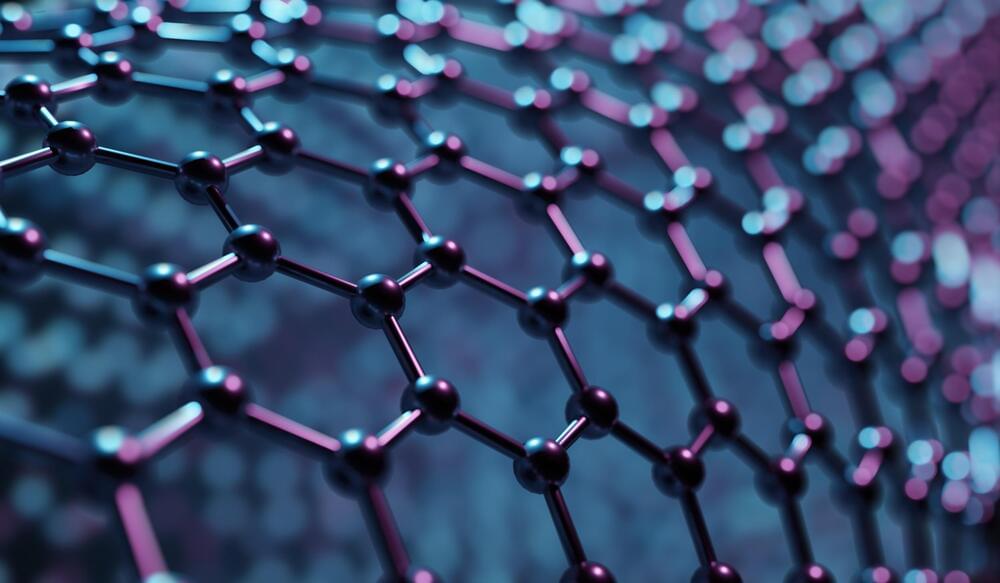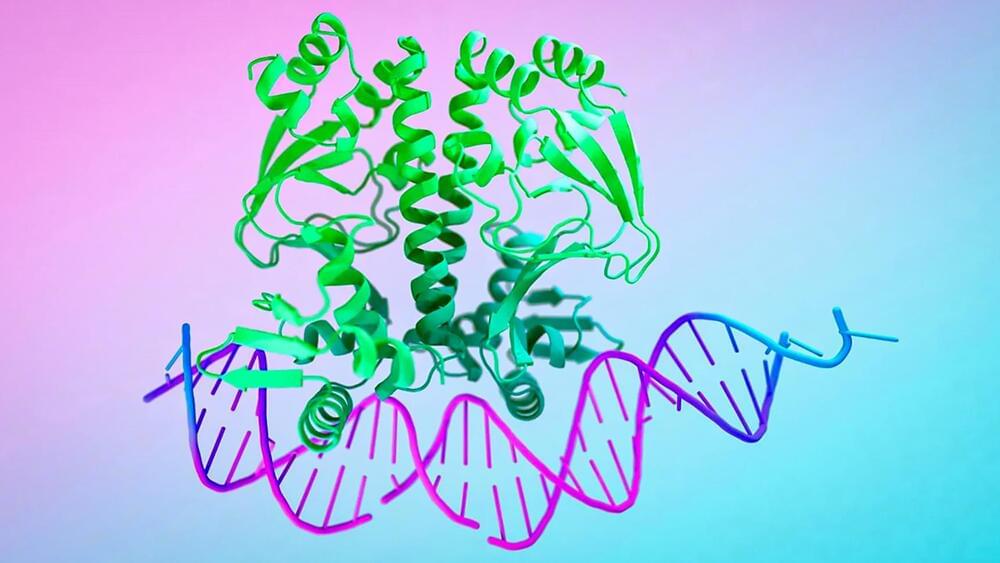In a paper titled, “Multimodal MRI reveals brainstem connections that sustain wakefulness in human consciousness,” published today in Science Translational Medicine, a group of researchers at Massachusetts General Hospital, a founding member of the Mass General Brigham healthcare system, and Boston Children’s Hospital, created a connectivity map of a brain network that they propose is critical to human consciousness.
The study involved high-resolution scans that enabled the researchers to visualize brain connections at submillimeter spatial resolution. This technical advance allowed them to identify previously unseen pathways connecting the brainstem, thalamus, hypothalamus, basal forebrain, and cerebral cortex.
Together, these pathways form a “default ascending arousal network” that sustains wakefulness in the resting, conscious human brain. The concept of a “default” network is based on the idea that specific networks within the brain are most functionally active when the brain is in a resting state of consciousness. In contrast, other networks are more active when the brain is performing goal-directed tasks.
















